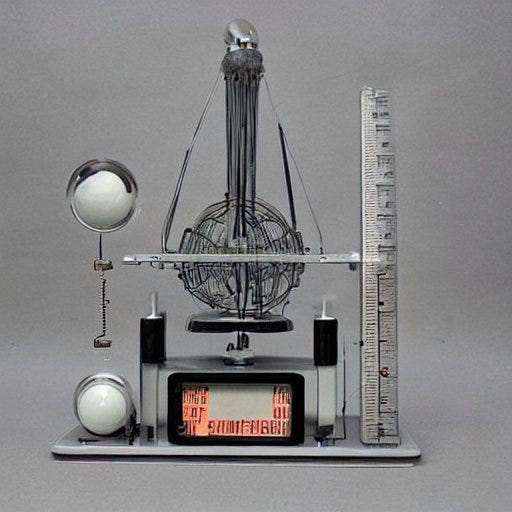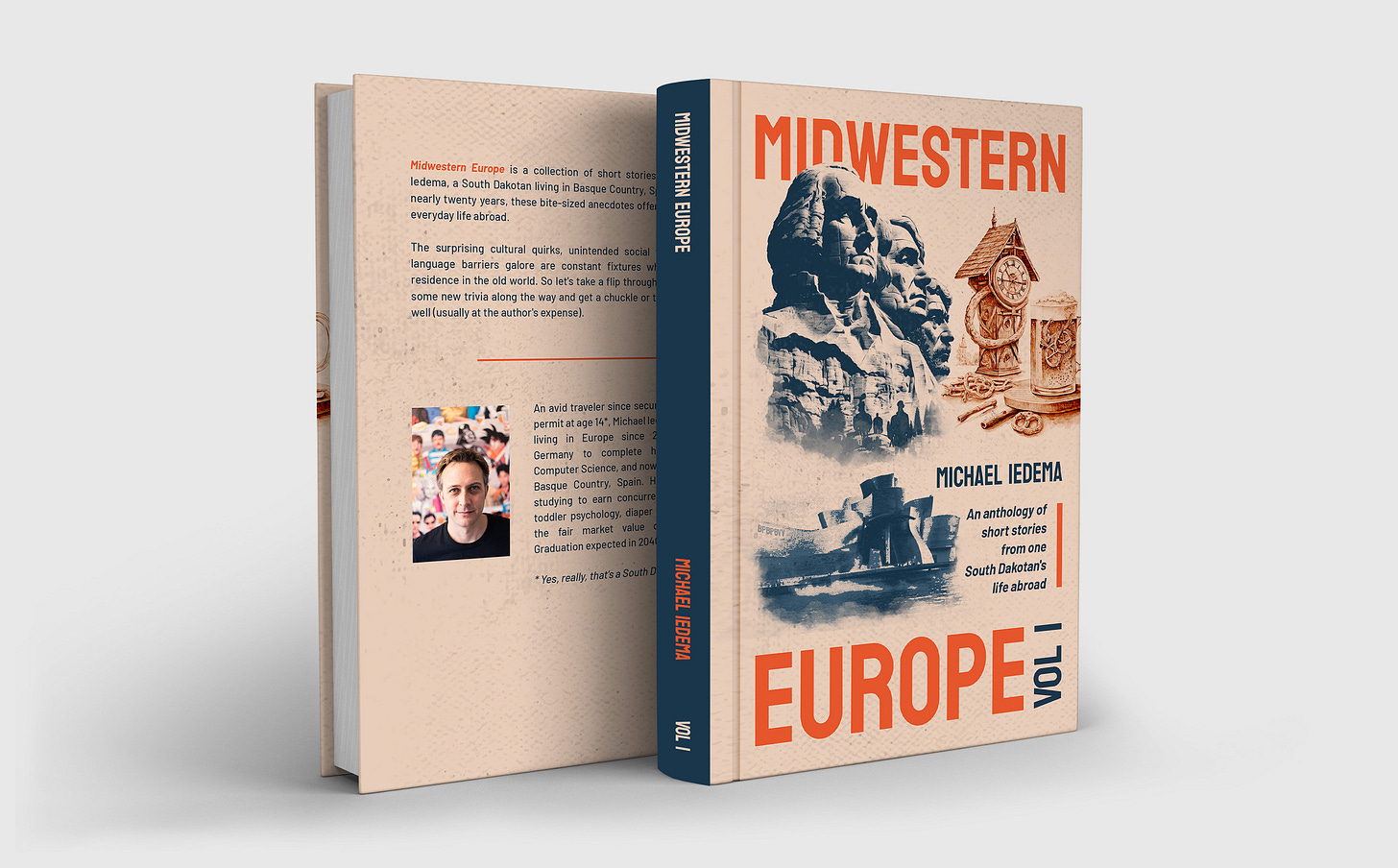
Vol. 1, No. 10 — This chapter was my tenth entry in the newspaper column series. It’s hard for me to believe, but I managed to make it this far without addressing the elephant in the room for any American in Europe: the metric system.
Distances, temperatures, weights, speeds, volumes, and even some expressions of speech are all suddenly placed beyond an intuitive grasp when the world around you uses a different system of measurement. Most of it is straightforward to adapt to once you memorize a couple of conversions but getting used to another system of measurement is similar to learning a new language.
For example, when you first start learning a new language, your brain has to translate everything back to your native language, then you think about it, then you think of something to say, then you translate it in your head to the new language, and then you – finally - say something. So, when you ask if the weather will be nice and someone responds with “there’s a high of 22”, you don’t have much to go on intuitively. You must first convert that to Fahrenheit and then judge for yourself if it represents a “nice” day.
Most of the conversions are easy. A kilogram is about two pounds. A centimeter is about a half-inch. Five kilometers make about three miles. The conversions become interesting when multiple steps are involved.
Celsius to Fahrenheit is one of these. [F = ((C x 9 / 5) + 32)]. You quickly learn a few waypoints and just know that 0˚C is freezing, 10˚C is 50s, 22˚C is 70s and anything over 38˚C is 100+. Intuitive, this is not.
I’ll go ahead and bare my politics here. Metric is easier to use and makes more sense than the US system except for when it comes to weather. The Celsius scale is great for science because 0˚C is freezing and 100˚C is boiling, but it’s not ideal for human perception of ambient temperatures. Fahrenheit is perfect: 0˚F is really cold and 100˚F is really hot.
Aside from the units being used, you will run into differences in expressions of speech, which sometimes translate and sometimes do not. A trivial example would be: “I wouldn’t touch that with a ten-foot pole!” Converting it directly to “I wouldn’t touch that with a three-point-zero-five-meter pole” simply doesn’t have the same punch. I still say “a few feet” and “miles away” all the time. Old habits die hard.
What truly becomes a challenge is when you have a difference in culture and the units in play. The efficiency of a car isn’t measured in miles per gallon, nor liters per kilometer. No, it’s denoted as L/100km. How many liters does this car require to travel 100 kilometers? Again, it’s best to learn some key points, use your phone for the rest, and move on with your life.
Another cultural difference is in the way travel distances are discussed. Americans tend to say something is “about an hour away” whereas Europeans will typically use a physical distance. I think the American approach is clearly the winner. A few miles between towns is different than a few miles through the city. The Europeans I’ve had this discussion with also agree but, again, old habits die hard.
Miles, yards, feet, hands, inches, pounds, ounces, gallons, quarts, pints, cups, and both types of spoons. Which one do you see everywhere on European billboards? That would be the ubiquitous Quarter Pounder. So much catchier than the “113.3981 Gram-er.”
Midwestern Europe: Volume 1 with the first 52 entries in this series is available now on Amazon US, Spain, and Germany in hardcover, paperback, and Kindle formats!
They were made with much love. Pick up a copy, you won’t be disappointed.
If you’ve been enjoying these entries, please consider dropping by the product page and leaving a star rating based on what you’ve read here. Your investment of a minute or two would totally make my day! Many thanks.

